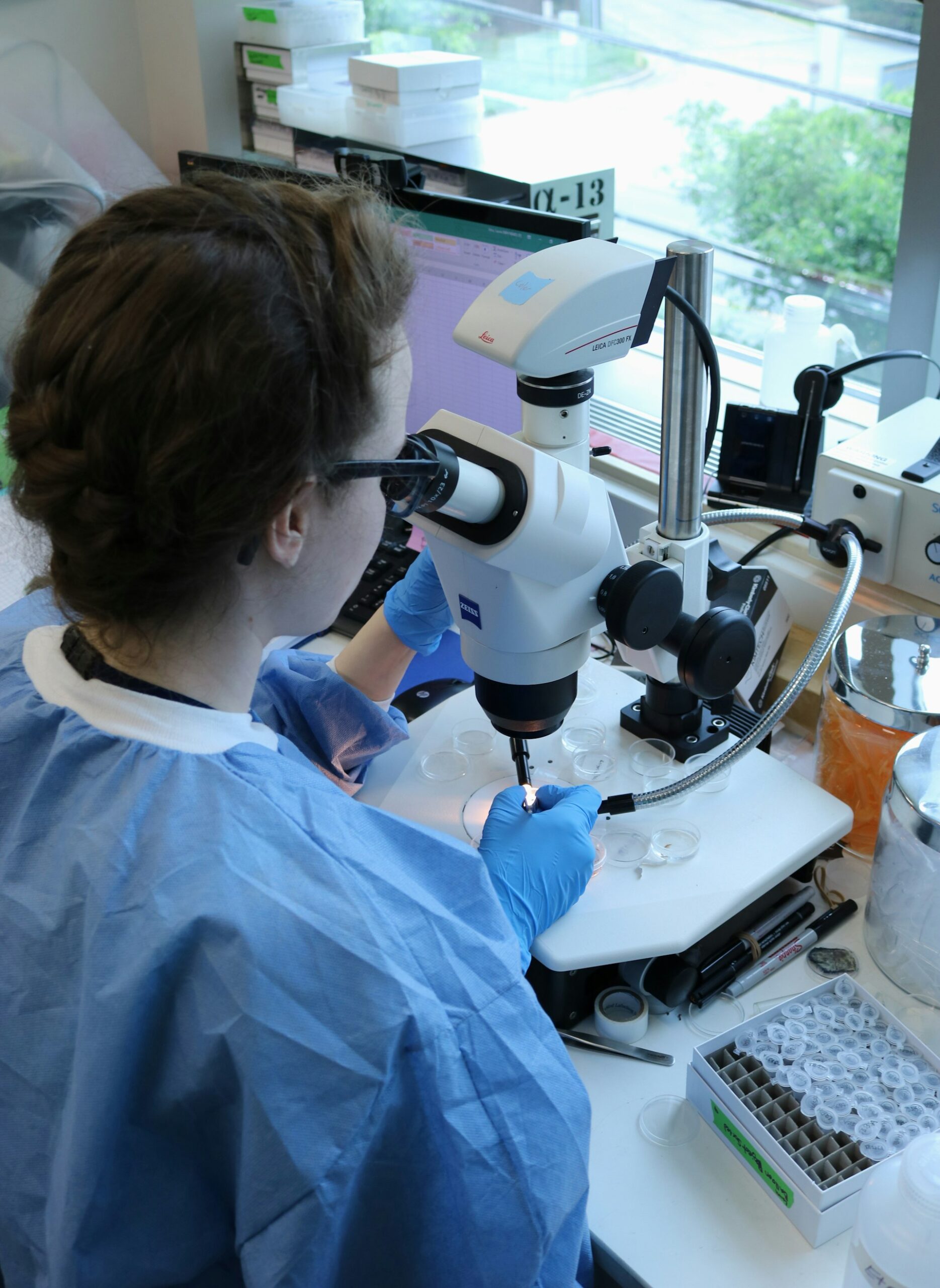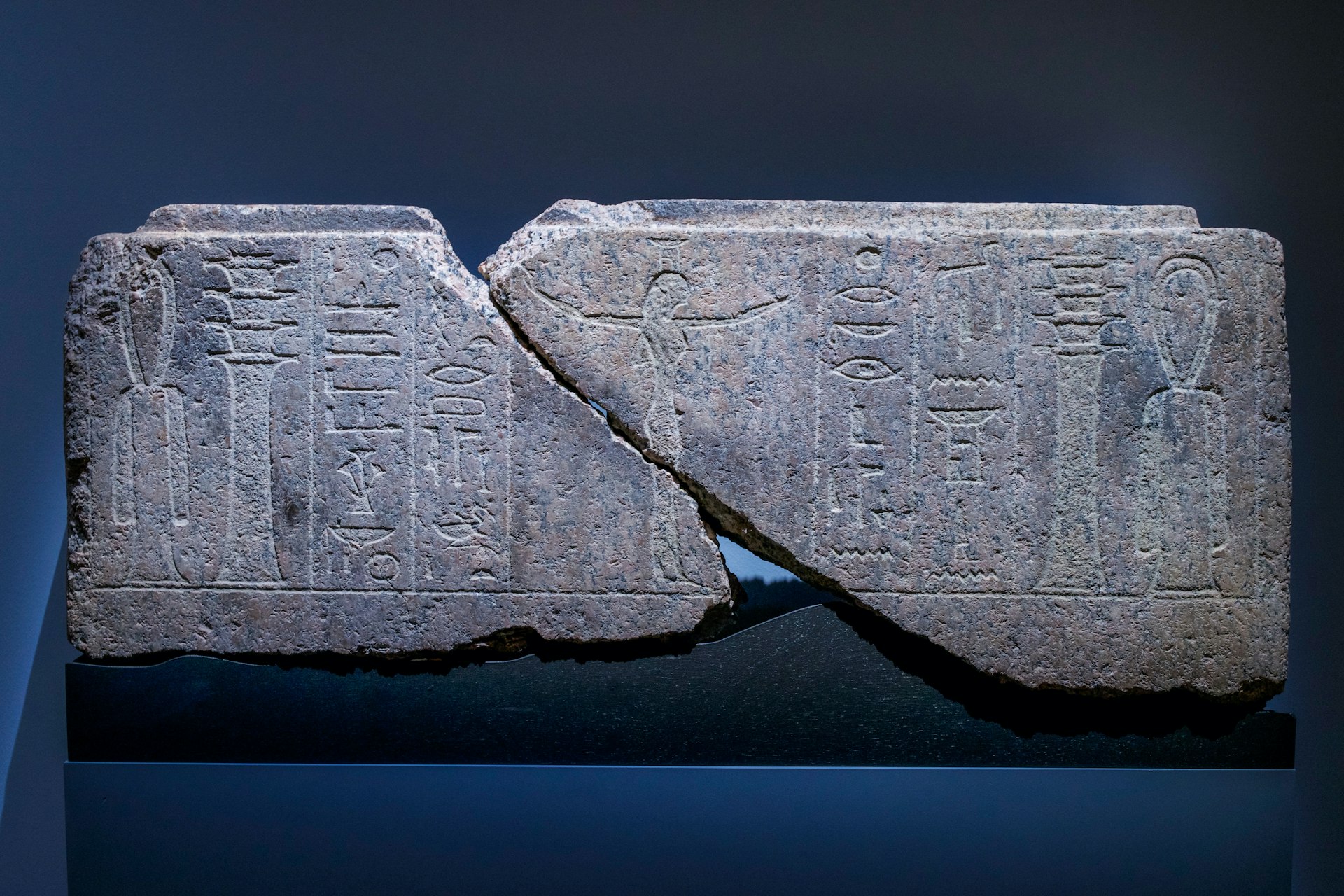How to Begin Your Zero Waste Journey: Practical Steps for Everyday Life

Photo by awar kurdish on Unsplash
Introduction to Zero Waste for Beginners
Zero waste living centers on sending as little trash to landfill as possible by making conscious decisions about consumption, disposal, and daily habits. For beginners, the goal is not perfection but progress: even small changes can significantly reduce environmental impact. A true zero-waste lifestyle often refers to diverting 90% or more of one’s waste from landfill, but every step toward waste reduction is valuable [5] .
Understanding the Zero Waste Mindset
Embarking on a zero waste journey begins with rethinking your approach to everyday consumption. Assess what you bring into your home, how you use products, and how you dispose of waste. This mindset shift involves prioritizing durability, necessity, and sustainability over convenience and excess [1] [2] .
Implementing the 5Rs of Zero Waste
The core principles of zero waste are encapsulated in the “5Rs”: Refuse, Reduce, Reuse, Recycle, and Rot. These guidelines help you systematically minimize waste at its source [4] :
- Refuse : Say no to items you do not need, especially single-use products like plastic bags, straws, and promotional freebies. This simple refusal prevents unnecessary waste from entering your home.
- Reduce : Streamline your purchases to essentials and opt for high-quality items that last longer. Evaluate your current possessions and consider donating or repurposing what you no longer use [1] .
- Reuse : Replace disposable products with reusable alternatives. Invest in items such as stainless steel water bottles, cloth shopping bags, beeswax wraps, and glass storage jars. Repair and repurpose whenever possible to extend product life [3] .
- Recycle : When you must dispose of something, recycle responsibly. Learn your local recycling guidelines to ensure proper handling of materials.
- Rot : Compost organic waste-food scraps, yard trimmings, and non-toxic paper-to divert biodegradable material from landfill and create valuable soil amendments.
Practical Steps to Start Your Zero Waste Lifestyle
1. Assess Your Current Waste
Begin by analyzing your trash and recycling bins to identify the most common sources of waste. Focus on replacing these items first with sustainable alternatives. For example, if single-use food packaging is prevalent, try shopping for bulk goods with reusable containers [1] .
2. Streamline Home Possessions
Reducing clutter helps you maintain a zero waste lifestyle. Consider the example of Bea Johnson, who stored 80% of her family’s belongings and realized most were unnecessary after several months. Donate, sell, or repurpose items you no longer need [1] .
3. Shop Mindfully and Locally
Purchase only what is essential and choose products with minimal or compostable packaging. Seek out bulk stores and farmers’ markets for loose goods. If a zero waste store is unavailable, opt for the grocery store with the largest bulk section and bring your own containers. Always check store policies on reusable bags and containers before shopping [1] [3] .
4. Refuse Single-Use Items
Carry reusable alternatives such as cloth bags, stainless steel cutlery, and water bottles. Refusing single-use disposables-straws, napkins, and plastic utensils-can drastically cut your waste footprint [2] .
5. Meal Planning to Avoid Food Waste
Plan your meals in advance to prevent overbuying and spoilage. Use up what you have before purchasing new ingredients. This strategy not only reduces waste but also saves money and encourages culinary creativity [3] .
6. Repair and Repurpose
Extend the life of your possessions by repairing broken items and finding new uses for old ones. For instance, use glass jars for bulk dry goods or convert worn clothing into cleaning rags. These actions reduce waste and promote resourcefulness [3] .
7. Composting Basics
Composting is a key component of zero waste living. Most kitchen scraps and yard waste can be composted at home or through community programs. If unsure how to start, search for “local composting programs” or contact your city’s environmental services for guidance. For example, The Woodlands Township Environmental Services offers support at [email protected] or 281-210-3800 [5] .
Common Challenges and Solutions
Transitioning to zero waste can feel overwhelming at first. Start with manageable steps-add one new habit each week and build gradually. If a particular change isn’t feasible, explore alternatives that fit your lifestyle. For example, if bulk stores are unavailable locally, buy larger quantities of packaged goods to reduce overall packaging waste. Any effort to divert waste from landfill is meaningful [5] .
Alternative Approaches
If zero waste options are limited in your area, consider focusing on what’s accessible:
- Seek out local farmers’ markets for unpackaged produce.
- Participate in community swaps or thrift stores for clothing and household goods.
- Advocate for better bulk buying options at your grocery store.
When in doubt, contact your city’s environmental services or sustainability office for resources and recommendations.

Photo by Brett Jordan on Unsplash
How to Access Zero Waste Resources and Support
If you’re looking for guidance or community support, many municipalities offer environmental programs or workshops. To get started, you can:
- Contact your city or county’s environmental services department for local zero waste programs.
- Search for “zero waste workshops” or “sustainability events” in your area.
- Join online zero waste communities for tips, support, and inspiration.
If you live in The Woodlands, TX, you can reach Environmental Services at [email protected] or 281-210-3800 for personalized support [5] .
Key Takeaways for Beginners
Zero waste living is a continuous journey, not an overnight transformation. By starting small-refusing single-use items, streamlining purchases, and composting-you lay the foundation for lasting change. Remember, every step toward waste reduction makes a difference, and you can adapt solutions to fit your unique needs and circumstances [2] .
References
- [1] Eartheasy (2021). Zero Waste – A Beginner’s Guide.
- [2] Earth5R (2024). Zero waste living guide for beginners.
- [3] A Vegan Visit (2024). A Beginner’s Guide to Zero Waste (Tips + Benefits).
- [4] Recycle by City (n.d.). Zero Waste 101: A beginner’s guide – Chicago.
- [5] The Woodlands Township Blog – Environment (2025). A Beginner’s Guide to Zero Waste.



